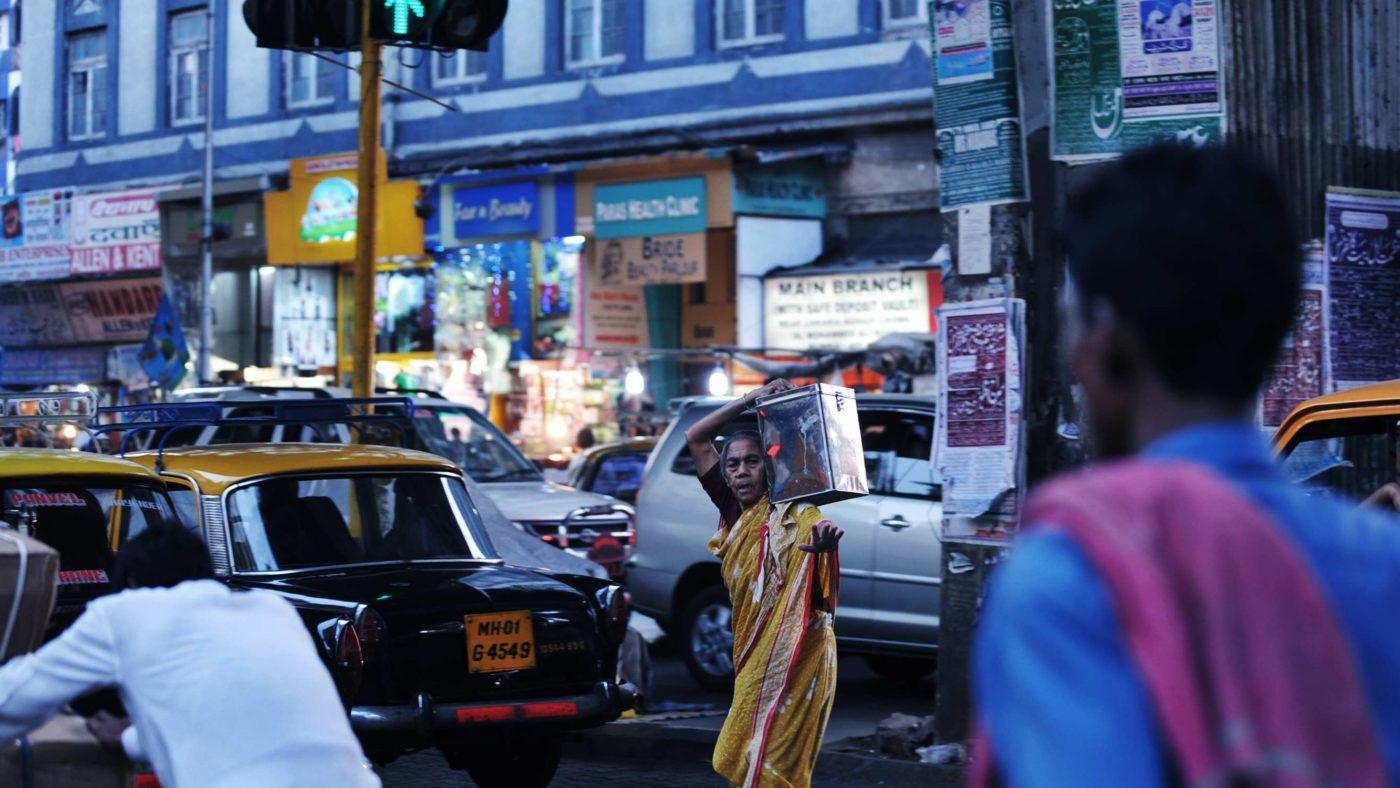The government of Narendra Modi swept to power in India two years ago on a reform agenda. The Prime Minister had promised to unlock the latent power of the private sector to drive increased economic activity and initiated a reform process that has proved difficult to fully realize.
National level reform is difficult everywhere, but seems particularly so in India. Evidence from the transitions in the Former Soviet Union, and Latin America in particular show that opening trade and border barriers, without addressing internal economic distortions (government restraints that are anti-competitive) too often leads to partial reform and crony capitalism. It has proved difficult to overcome the vested interests that benefit from these distortions – what we have termed Anti-Competitive Market Distortions or ACMDs. In this regard, India’s experience is not so different from the experience in other markets that are also in the process of reform. ACMDs are typically laws or regulations that protect a privileged or vested interest elite group by blocking competition or artificially raising the costs of competitors. India has adopted a form of these with its embrace of local content regulation in a number of areas. Simply being business friendly is not enough. For true reform, government policies must be market friendly. A host of protective regulation shelters under the guise of being business friendly (usually protecting preferred, privileged businesses).
On 23 May, the Legatum Institute, a global think tank based in London launched a ground-breaking report on the challenges and opportunities faced by the modern Indian economy. Anti-Competitive Market Distortions and Their Impact: A Case Study on India explores potential areas of growth for the Indian state and quantifies the cost of inaction across several key sectors through the focal lens of domestic competition, trade, and property rights. The results of the study are dramatic:
- If India eliminated all its distortions it would be the fifth largest economy in the world, and in GDP per capita terms, it would rise from being ranked 169th to being ranked 67th.
- If India eliminated all its distortions it would generate over 200 million new jobs, and reduce absolute poverty to zero.
- If India improved its insolvency rules, opened up to foreign investment in certain areas and better protected intellectual property rules, the number of people living on less than $2 per day would be reduced from 770 million to 627 million.
- Simply optimising its regulatory environment with regard to the World Bank Doing Business Index would lead to a productivity gain of only 0.07%. This is because it is deeply embedded structural issues that hamper economic development in India. Improving business registration processes and procedures will lead to some new business creation but will not be sustainable unless accompanied by deeper reforms.
- Improving its insolvency rules, opening up to foreign investment in certain areas and better protecting intellectual property (L2) could lead to a productivity gain of 148%.
- Removal of all distortions across the dimensions of trade, competition and property rights protection could lead to a GDP gain of around 650%.
- Labour market flexibility is a key driver and accounts for roughly a quarter of the overall GDP gain possible.
The Report additionally contains a treatment of both civil aviation and the cotton/textile/garment sector where there are significant distortions. This is particularly impactful in India where so many people are employed in the sector.
The opportunity for India to completely eliminate poverty is, by far, the most outstanding finding of this report, and the most encouraging to the future of the country. At present, nearly 60% of Indians (770 million people) live on $2/day or less, and roughly 23% of Indians (307 million people) live on $1.25/day or less. The second level of our modelling posits removal of many ACMDs, including: the allowance of foreign currency bank accounts, removal of international capital controls, improving insolvency provisions, shoring up intellectual property protection, and increasing transparency of government policymaking. Implementing these changes would result in an 11% reduction in the number of Indians living on less than $2/day (143 million people lifted out of poverty), and a 4.5% reduction in the number of Indians living on less than $1.25/day (59 million lifted out of poverty). The total elimination of distortions in India is, of course, impossible. But this represents an aspirational goal. The 656% increase in GDP would lead to the complete elimination of poverty at $2/day and $1.25/day in India.
If the Indian people are to reap the rewards which can be gained from a reduction of distortions, the government will need to seize the initiative and push structural reform even in the teeth of resistance from the beneficiaries of distortions. The test for the Indian government is whether it is market friendly or simply business friendly, and whether the difference is truly understood. The stakes for the Indian economy, the Indian people and the relief of poverty could not be higher.


